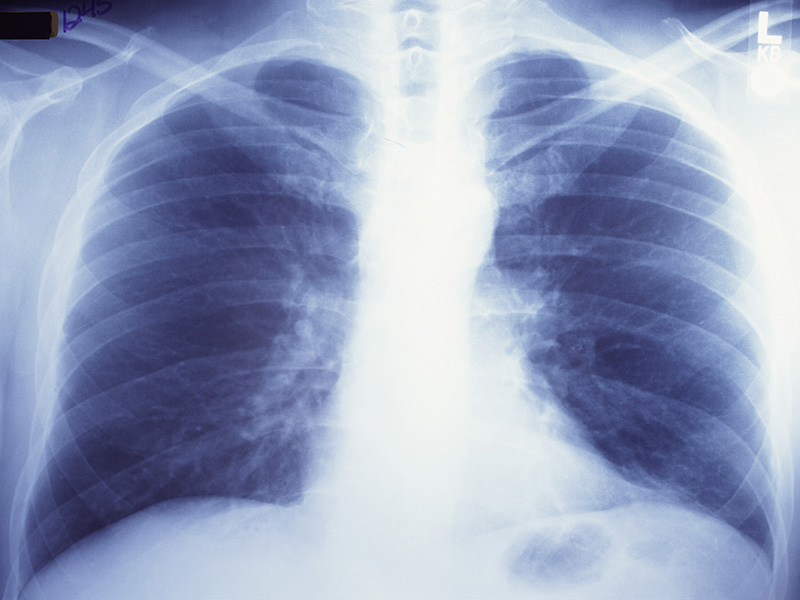Injured Lungs Can Be Regenerated for Transplant: Study

MONDAY, May 13, 2019 (HealthDay News) -- Severely damaged lungs can be regenerated to be suitable for transplantation, researchers say.
A transplant is the only lifesaving treatment for people with end-stage lung disease, but donor organs are in short supply.
Up to 80 percent of donor lungs are rejected due to serious but potentially reversible injuries. Researchers hope to increase the supply of lungs available for transplant by recovering lungs that are now unsuitable for clinical use.
"For seven years, we have diligently worked to develop new technologies for the maintenance and recovery of donor organs," said study co-leader Gordana Vunjak-Novakovic. She's a professor of biomedical engineering and medical sciences at Columbia University in New York City.
"This paper represents a culmination of … studies of lung bioengineering that have converged into a system capable to recover severely damaged lungs," Vunjak-Novakovic said in a university news release.
Current methods of donor lung support are limited to six to eight hours -- too little time to regenerate an injured lung and improve its function.
In the new study, researchers created a cross-circulation platform that maintained viability and function of the donor lung and the recipient's stability for 36 to 56 hours.
The team also developed new, noninvasive ways to evaluate the regenerating lung, according to the study published online May 7 in the journal Nature Communications.
Researchers tested their platform -- along with conventional therapies and new diagnostics -- on lungs affected by gastric aspiration, the most common injury leading to rejection of donor lungs.
It occurs when stomach material gets into the respiratory tract, causing severe damage that makes the lung unacceptable for transplant.
This new study suggests that lungs injured by gastric aspiration can be maintained outside the body for several days, undergo repeated treatment, and show evidence of cellular regeneration and improved function.
Lungs regenerated on this platform met all criteria for transplantation, according to the researchers.
"We now have the team and technology to bring this research to the patients, by making more donor lungs available for transplant," Vunjak-Novakovic said.
The next step is to assess functioning of regenerated lungs after transplantation, as well as safety, in a study with large animals.
Researchers said this cross-circulation platform may be used to investigate regeneration of other damaged organs, such as hearts, kidneys and livers, in order to increase the number available for transplant.
More information
The United Network for Organ Sharing has more on organ transplantation.

The news stories provided in Health News and our Health-E News Newsletter are a service of the nationally syndicated HealthDay® news and information company. Stories refer to national trends and breaking health news, and are not necessarily indicative of or always supported by our facility and providers. This information is provided for informational and educational purposes only, and is not intended to be a substitute for medical advice, diagnosis, or treatment.

